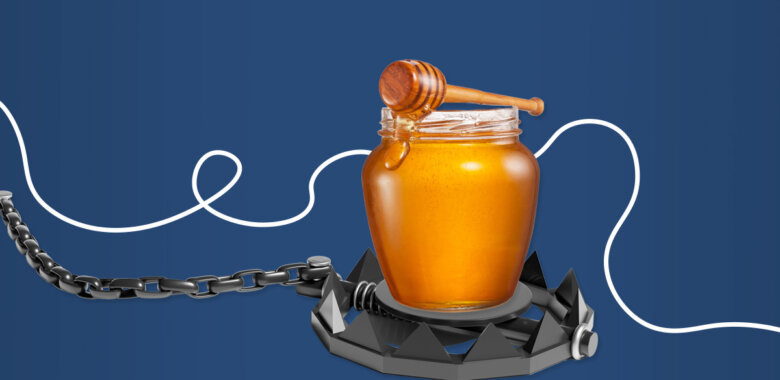How honeypot email addresses get on to email lists
There are several ways honeypots can sneak into your email lists:
-
Purchased email lists
Buying email lists is always a bad idea.
First, you are explicitly violating GDPR compliance that states that you must get consent from a user to be allowed to send them emails. This is possible only when a user opts in personally to subscribe to your emails.
Secondly, when you buy a list, the contacts are almost certainly not from your target audience, it’s usually a random group of people. And a cherry on the top is that bought lists frequently contain honeypots or other “shady” email addresses that can get you penalized by ISP and anti-spam services and ruin your reputation.
Email lists of high quality are never sold. If it’s up for sale, that indicates that the email addresses have previously been rejected as inactive or unsuitable for outreach marketing. Instead, use more “healthy” tricks to build your email lists using our guide on how to build email lists.
Again, by purchasing lists you are choosing the wrong path to attract your audience which will almost always result in a ruined sender reputation or a company-wide blocklist.
-
Software that scrapes email addresses
This sort of software “crawls” webpages for email addresses and then collects the stolen addresses into a mailing list. This approach looks like a cheap and quick way to grow your email list, but it may be detrimental to your business and is not an efficient or even a legal way to establish a quality prospect database. You can get hundreds of addresses using this approach, but you won’t get the most important thing: authorization.
You should be well aware of the risks linked to email scraping as it is illegal in some countries, let alone being bad for business. There are a lot of compliance regulations that penalize email scraping: GDPR for Europe, Computer Fraud and Abuse Act (CFAA) in the United States, Spam Act in Australia and Anti-Spam Law (CASL) in Canada.








